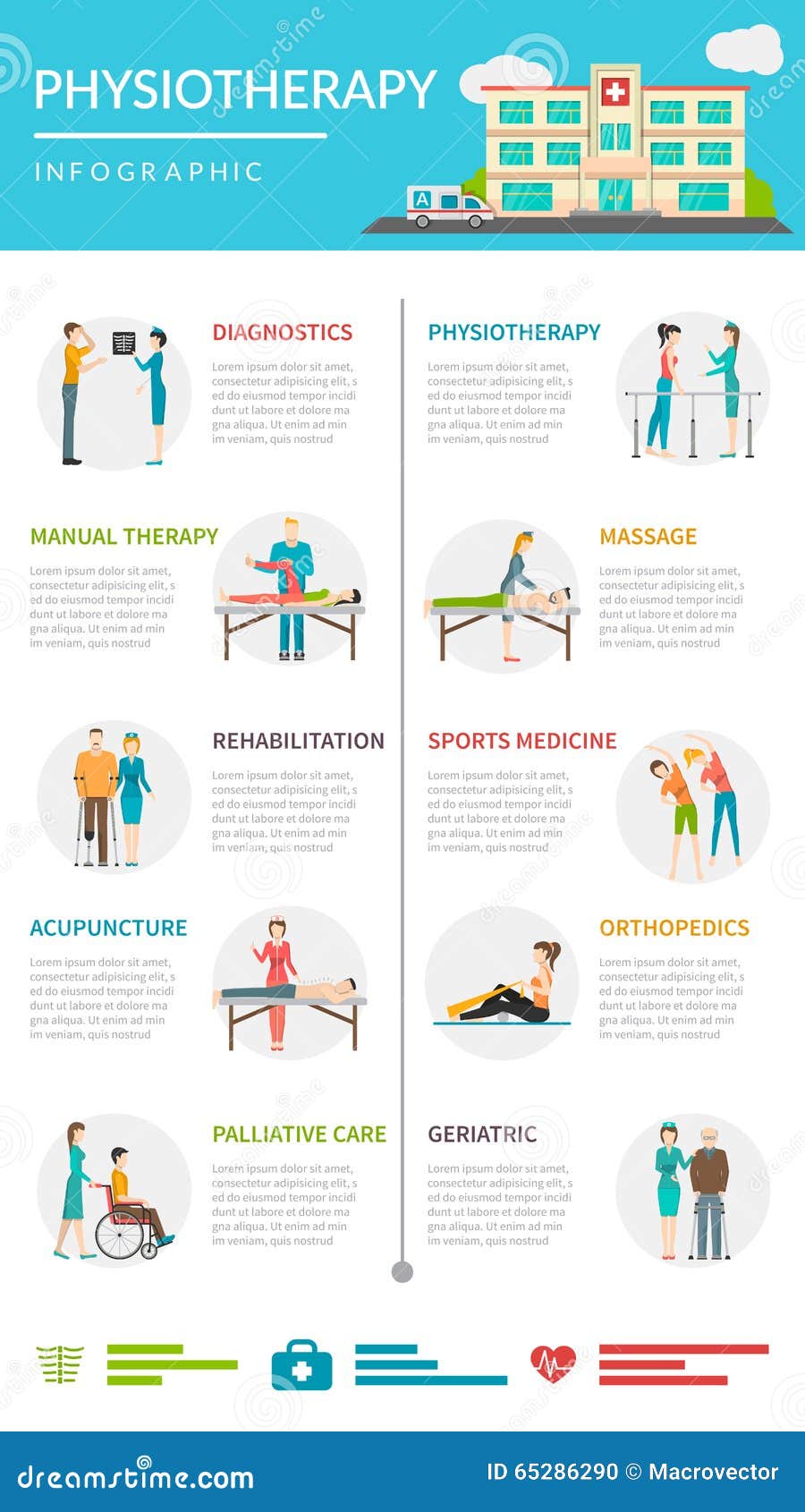Constant Activities That Contribute To Neck And Back Pain And Ways To Prevent Them
Constant Activities That Contribute To Neck And Back Pain And Ways To Prevent Them
Blog Article
why my lower back hurts By-Carstensen Svenningsen
Preserving proper posture and preventing usual risks in day-to-day tasks can dramatically affect your back wellness. From just how you sit at your workdesk to just how you lift hefty objects, tiny changes can make a huge difference. Envision a day without the nagging back pain that prevents your every relocation; the remedy may be simpler than you assume. By making a couple of tweaks to your everyday routines, you could be on your way to a pain-free existence.
Poor Position and Sedentary Lifestyle
Poor position and a less active lifestyle are two significant contributors to neck and back pain. When you slouch or inkling over while sitting or standing, you placed unnecessary pressure on your back muscles and spinal column. This can result in muscle mass inequalities, stress, and ultimately, persistent back pain. Furthermore, sitting for long periods without breaks or physical activity can deteriorate your back muscular tissues and bring about rigidity and discomfort.
To deal with types of back pain , make a mindful initiative to rest and stand up directly with your shoulders back and straightened with your ears. Bear in mind to keep your feet flat on the ground and stay clear of crossing your legs for prolonged durations.
Incorporating normal extending and reinforcing workouts right into your everyday regimen can also help boost your position and ease back pain related to a sedentary way of living.
Incorrect Training Techniques
Incorrect lifting techniques can substantially add to neck and back pain and injuries. When you lift heavy things, bear in mind to bend your knees and use your legs to lift, rather than counting on your back muscles. Prevent twisting your body while lifting and maintain the things close to your body to lower pressure on your back. It's critical to preserve a straight back and prevent rounding your shoulders while lifting to avoid unneeded stress on your spine.
Constantly evaluate the weight of the item prior to raising it. If it's too heavy, request aid or use tools like a dolly or cart to move it safely.
Bear in mind to take breaks throughout raising jobs to give your back muscle mass an opportunity to rest and protect against overexertion. By carrying out correct lifting strategies, you can avoid neck and back pain and lower the danger of injuries, guaranteeing your back stays healthy and balanced and solid for the long-term.
Lack of Routine Exercise and Stretching
An inactive lifestyle devoid of normal exercise and stretching can significantly add to back pain and pain. When you do not take part in exercise, your muscles come to be weak and inflexible, resulting in inadequate posture and increased stress on your back. Routine exercise aids enhance the muscles that sustain your spinal column, improving security and reducing the threat of back pain. Integrating extending into your regimen can likewise enhance adaptability, avoiding stiffness and discomfort in your back muscles.
To stay clear of pain in the back triggered by a lack of workout and stretching, aim for a minimum of 30 minutes of modest physical activity most days of the week. Consist of workouts that target your core muscle mass, as a strong core can assist relieve stress on your back.
Additionally, take breaks to stretch and move throughout the day, specifically if you have a desk job. Simple stretches like touching your toes or doing shoulder rolls can aid eliminate stress and prevent pain in the back. Focusing on routine workout and stretching can go a long way in preserving a healthy and balanced back and minimizing pain.
Conclusion
So, keep in mind to sit up right, lift with your legs, and remain energetic to prevent neck and back pain. By making simple modifications to your day-to-day behaviors, you can avoid the pain and constraints that include neck and back pain. Take care of your spinal column and muscular tissues by practicing good position, appropriate training techniques, and routine workout. Your back will certainly thanks for it!
